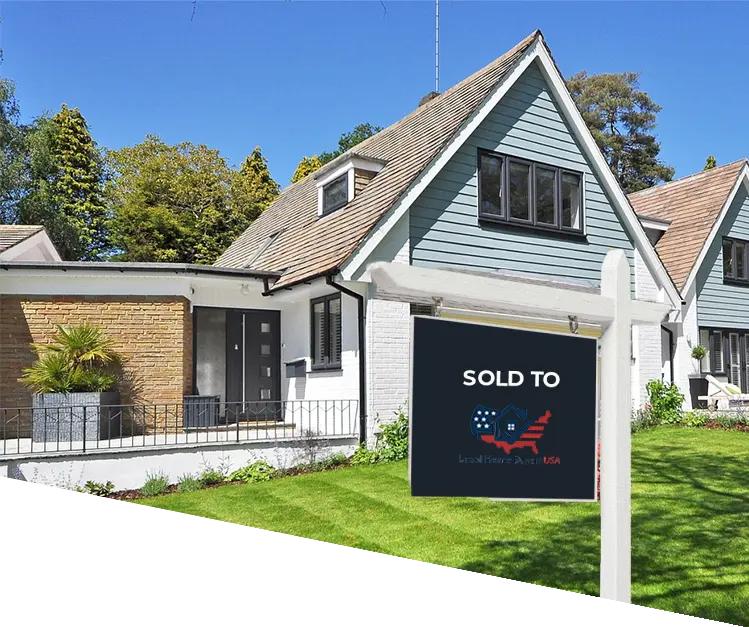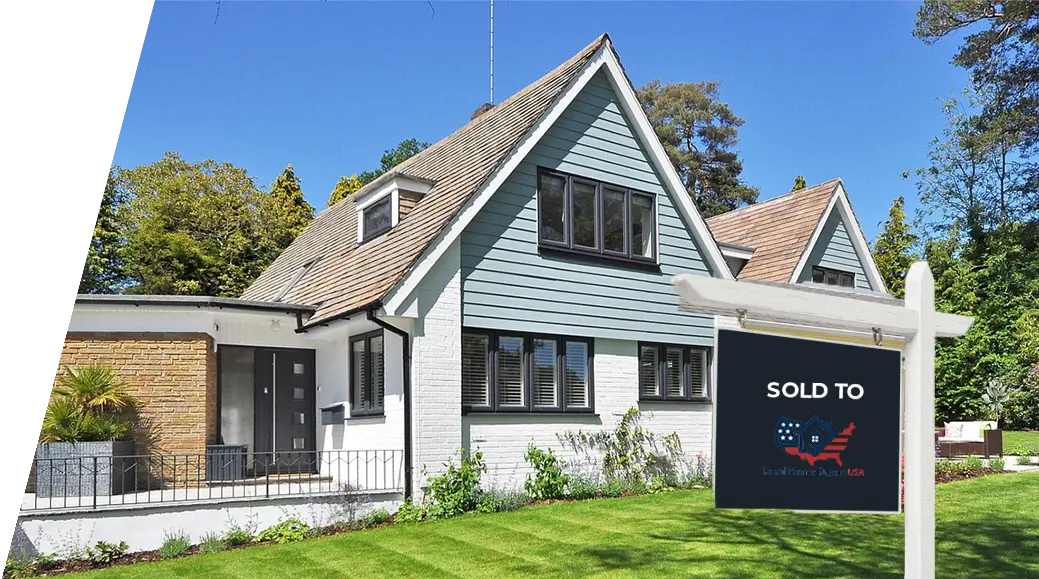Idaho Real Estate Market 2025: What’s Changing & What Homeowners Need to Know
Idaho has been one of America’s breakout housing stories—surging demand, tight supply, and rapid in‑migration. In 2025, dynamics are shifting again. This guide cuts through noise with a practical, data‑literate view of prices, inventory, rates, and county‑level nuances—so you can decide whether to list, hold, or sell as‑is with confidence.
Download the Idaho Market Playbook (Free PDF)
Get a concise Idaho‑specific PDF with trend charts, county spotlights, and a seller checklist—plus one helpful weekly email. Unsubscribe anytime.
- The 2025 Signal: Why Idaho Feels Different
- Price Momentum & Affordability
- Inventory, Days‑on‑Market & Competition
- Mortgage Rates & Payment Reality
- Economic & Demographic Drivers
- County‑by‑County: Ada, Canyon, Kootenai, Blaine, Bonneville
- What Idaho Homeowners Should Do in 2025
- FAQs • Resources
At‑a‑Glance: The 2025 Idaho Picture
| Theme | What It Means |
|---|---|
| Moderating price growth | Gains cooled from peak years, yet move‑in‑ready homes still command attention. |
| Inventory “less tight,” not loose | Months‑of‑supply improved but remains below long‑term norms in popular submarkets. |
| Rate‑sensitive demand | Small rate moves can meaningfully change buyer affordability—and showing traffic. |
| Local divergence | Ada vs. Canyon vs. Kootenai can tell different stories—insurance, taxes, and new‑build pipelines matter. |
Idaho Market Visuals (Illustrative, 2019–2025)
These embedded SVGs illustrate the **shape** of Idaho’s trends—an indexed home‑price path since 2019, months‑of‑supply moving off extreme lows, and a simple payment index showing how rate changes impact buyers. They’re lightweight, brand‑consistent, and require no external files. Replace with MLS board charts anytime.
The 2025 Signal: Why Idaho Feels Different
Idaho drew national attention for breathtaking appreciation during the pandemic era. And yet, as the cycle evolved, the market’s character changed. Consequently, many homeowners now ask a practical question: How do I time my move without gambling on interest rates or guessing at local demand? Because so much of Idaho’s story is migration‑led—families and professionals arriving from higher‑cost states—the new equilibrium depends on whether the state remains a net magnet while construction catches up.
On the ground, this means you’ll see two markets overlaying one another. First, the turnkey, fairly priced segment where homes still attract strong attention. Second, the deferred‑maintenance and upper‑tier segment where days‑on‑market stretch unless pricing aligns to today’s financing. In short, Idaho is neither “hot” nor “cold” in blanket terms; it’s granular—and that’s good. Because granularity rewards preparation, homeowners who plan well tend to control outcomes.
Price Momentum & Affordability
Compared with the breakneck pace of 2020–2022, Idaho’s price growth has moderated. For a national context on pricing cycles and sales volume, see the National Association of Realtors and aggregated metro trends from Zillow Research. Meanwhile, macro indicators that drive affordability—income, employment, and construction—are visible in U.S. Census Bureau releases and Federal Reserve Economic Data (FRED).
Nevertheless, well‑located homes in refreshed condition remain competitive. As a seller, your best lever is alignment: price to the current payment reality, not to last year’s headlines. Because buyers shop monthly payments first, they recalibrate quickly when rates wiggle—even if sales prices barely move.
For affordability, two forces shape Idaho’s path: migration and income mix. While many arrivals bring higher incomes from coastal metros, the in‑state labor market sets the floor. Therefore, even when out‑of‑state demand ebbs, local wage growth plus constrained supply can keep prices firm in certain submarkets. Conversely, where new‑builds concentrate or insurance rises, sellers may need to offer credits or price improvements to meet qualified demand.
Inventory, Days-on-Market & Competition
Inventory is the fulcrum. Because active listings increased from ultra‑tight lows, buyers now enjoy more choice; however, supply remains below long‑term norms in many coveted neighborhoods. For readable national dashboards, compare Realtor.com Market Trends with the weekly indicators in Redfin News.
- DOM (days‑on‑market) edges up when pricing overshoots the payment that buyers can support at current rates.
- Condition gaps matter more. Buyers often pay a premium for “done” to avoid project risk in a high‑rate context.
- New‑build competition can shape comps. When builders offer rate buydowns, resale sellers should counter with credits or staging excellence.
Additionally, as listing counts climb, pricing strategies with scheduled improvements (rather than waiting) tend to keep momentum. Because algorithms reward activity, delaying obvious adjustments can invite “stale” flags and negotiation leverage shifts. For higher‑level analytics on appreciation and risk, browse CoreLogic Insights.
Mortgage Rates & the Payment Reality
Mortgage rates remain the primary governor on demand. Therefore, a quarter‑point move can lift or mute showing traffic within days. Track broad rate and macro moves via FRED and practical guides from Investopedia Real Estate. Sellers sometimes ask: “Should I wait for rates to drop?” It depends on your holding costs, timeline, and property condition. If you’re prioritizing time and certainty, a direct as‑is sale can sidestep macro timing altogether. If you’re optimizing price and can hold comfortably, pairing a fair list price with a rate buydown credit can widen your buyer pool more than a simple price cut.
Economic & Demographic Drivers
Migration & Population Dynamics
Idaho’s population boom—largely from higher‑cost states—raised both demand and expectations. For official population and household estimates, consult the U.S. Census Bureau. Many entrants bring remote/hybrid work, which changes the calculus of commute, acreage, and lifestyle. Consequently, submarkets with access to trails, lakes, and schools can outperform state averages even when overall growth cools.
Employment & Wage Mix
Healthcare, education, logistics, and professional services anchor many metro economies. While tech hiring ebbs and flows, the broader wage mix sustains local demand. As interest rates stabilize, income growth helps households “catch up” to previous pricing, especially when sellers meet the market on condition. For mortgage and housing policy programs, see HUD and Idaho’s own Idaho Housing and Finance Association.
New‑Build Pipelines & Land
Builders play a central role in Idaho’s affordability path. Because large communities can deliver at scale, incentives such as closing cost credits and rate buydowns shape buyer decisions. Resale sellers near active new‑builds may need to compete on turnkey condition or flexible occupancy terms. For research on national construction and price dynamics, see Zillow Research and CoreLogic Insights.
Insurance & Holding Costs
In certain counties, insurance premiums have become a line item that nudges affordability, particularly for older roofs and systems. Addressing safety and insurability items early (even via disclosure and pricing) keeps deals moving and reduces last‑minute credits.
County‑by‑County Snapshot
Ada County (Boise • Meridian • Eagle)
Ada sits at the center of Idaho’s growth narrative. Downtown Boise’s amenities, Meridian’s family‑friendly communities, and Eagle’s premium neighborhoods combine to create layered demand. Because buyers compare across these micro‑markets, presentation and pricing discipline matter. Stage for light, space, and flow; highlight upgrades that reduce future capex.
Canyon County (Nampa • Caldwell)
Often the “value” alternative to Ada, Canyon attracts first‑time buyers and investors seeking relative affordability. As inventory expands, homes with fresh paint, flooring, and exterior touch‑ups tend to separate from the pack. Conversely, dated properties can still sell—just price to the project.
Kootenai County (Coeur d’Alene & Lakes)
Resort‑adjacent and second‑home dynamics add seasonality to Kootenai’s rhythm. Waterfront and view properties behave differently than in‑town condos; both segments respond to presentation and exposure quality (photography, twilight, aerials). Insurance and HOA factors influence total carrying cost; disclose early.
Blaine County (Sun Valley)
Vacation‑home and luxury demand in Sun Valley correlates with discretionary income trends. Inventory can be thin at certain price points; however, high‑end buyers expect move‑in readiness. In this segment, time is a stronger enemy than price—curate the showing experience and eliminate friction.
Bonneville County (Idaho Falls)
Anchored by stable employment and a strong regional identity, Bonneville’s market rewards updated family housing near services and schools. Because appraisals can be conservative during transitions, aligning list prices to recent closed comps (not just actives) keeps momentum.
What Idaho Homeowners Should Do in 2025
If You’re Selling
- Price to the payment. Align list strategy to what buyers can finance today; bundle a rate buydown credit if needed.
- Fix safety/insurance items first. Roof, electrical, moisture—address or disclose to prevent last‑minute credits.
- Optimize presentation. Light paint, landscaping refresh, hardware swaps, and pro photos amplify perceived value.
- Decide your path: list retail vs. request a written as‑is cash offer with a net sheet.
If You’re Buying
- Get pre‑approved with buydown scenarios; move quickly when the right home appears.
- Shop neighborhoods, not only houses. Commute, insurance, and HOA costs can outweigh small price differences.
- Be realistic about projects. In a rate‑sensitive world, time has a cost; factor it into offers.
If You’re Inheriting/Relocating/Landlording
- Time matters. Holding costs add up; compare a 14–21 day as‑is sale to listing timelines.
- Tenant occupancy is manageable. Sell occupied or vacant; set expectations early and coordinate respectfully.
- Package exits. For multiple properties, portfolio sales reduce friction and may improve total proceeds.
Helpful Resources & Related Guides
- How “We Buy Houses” Companies Really Work (2025)
- 20 Years of U.S. Market Trends (2005–2025)
- Top 10 Cash Home Buyers in the U.S. (2025)
- Idaho State Hub • Montana • Utah • Washington • Oregon
- National Association of Realtors
- Federal Reserve Economic Data (FRED)
- U.S. Census Bureau
- U.S. Department of Housing and Urban Development
- Zillow Research
- Realtor.com Research
- Redfin News
- CoreLogic Insights
- Investopedia Real Estate
Contact & Next Steps
Have questions about a specific neighborhood or situation? Share your address, timeline, and goals—we’ll map your options clearly and help you choose the path that fits.
Prefer a Quick Summary?
Get the 2‑page Idaho Market Summary PDF + a weekly one‑pager with charts and seller tips.




